WHAT DID I FIND IN THE TALL GRASS?
Yesterday, I drove to the area called Marlera, a couple of kilometers from the village of Liznjan, and five or six kilometers from where I live, and I did it in the morning, for a change. Recently, I have posted mostly about what I come across in the evening. Marlera isn't far from Palera, the place I usually post about these days. Marlera and Palera are two sides of a relatively large peninsula covered with cultivated fields and wild meadows. The sea is never too far when you are in Marlera or Palera, and if you are searching for small invertebrates and interesting plants to observe through a macro lens, you'll never end up disappointed.
You can explore a few diverse habitats in Marlra. Meadows. Pine groves. Shrub-covered areas. There is even a stone quarry that resembles a little desert or a desert-themed adventure park.
Yesterday, I spent a couple of hours in the tall grass along the dusty road that leads toward the stone quarry and then further to the sea.
So, what did I find in that tall grass? Was it worth the time and effort? Let's see.
This is the first insect I came across, a moth from the Elachistidae family. I took the above photograph a minute or two after getting out of the car. The name of the species is Elachista argentella. The moth was resting on the long leaf of grass situated more or less in the middle of the long stem.
A few minutes later, and a few meters further, I noticed a jumping spider on the ear of the tall Hordeum bulbosum grass.
The spider was calm, it didn't seem bothered by my presence ...
... so I seized the opportunity to get quite a few good shots of the jumping spider in various poses.
The scientific name of the species is Phlegra fasciata. The family is Salticidae, of course. Jumping spiders have great vision and depth perception that helps them actively pursue their prey and make long, precise, targeted jumps.
Here you can see a juvenile Neoscona adianta, a spider from the Araneidae family, with a completely different lifestyle. These orb weavers hang on their webs, waiting for the prey to get glued and entangled in the sticky silk.
I photographed three Elachista argentella moths that morning.
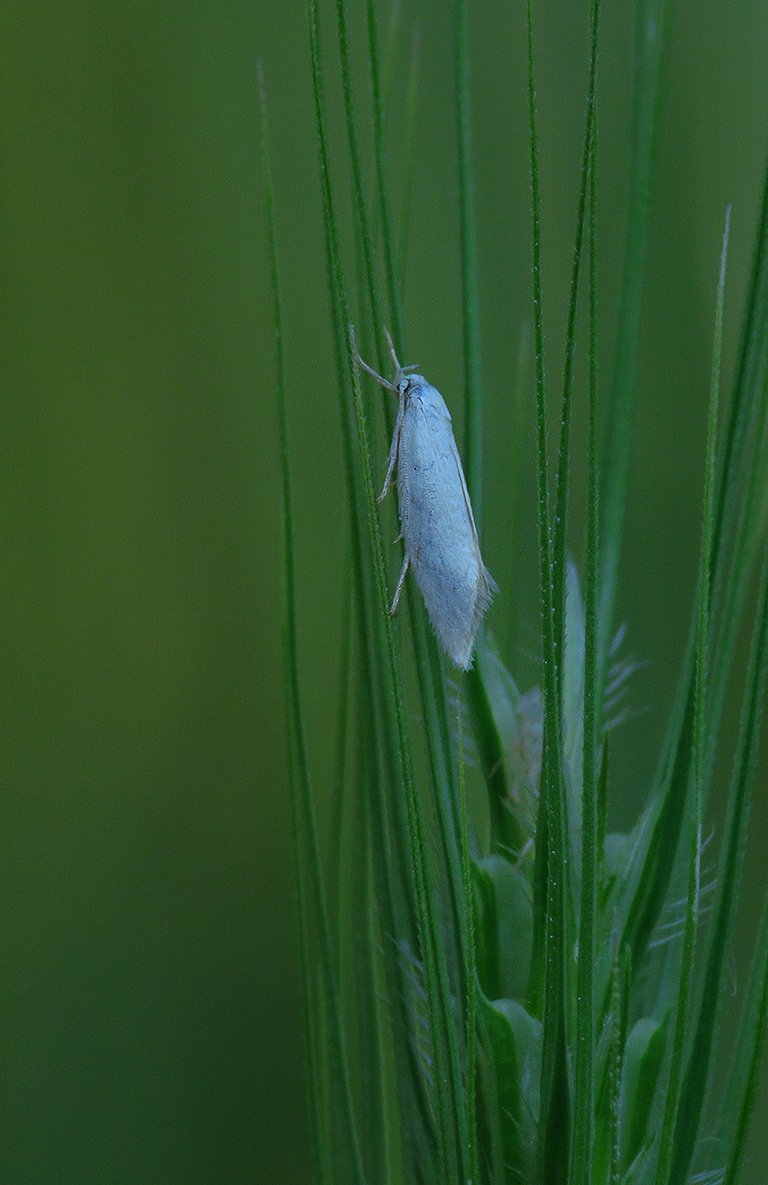
This one was resting on the ear at the top of the grass. The tiny, gracile Elachista argentella is very photogenic. Especially in the uniformly green environment.
The larvae of this species feed on a wide variety of grasses. They make tiny tunnels in the leaves while eating the plant tissue.
There isn't much color you can see while walking among the tall stems that reach your chin or shoulders. The only flowers here are small and inconspicuous, but beautiful in their unique, modest way.
These are the Hordeum bulbosum flowers that grow on the ear of the grass. They come in a nice variety of pale colors. Pink. Red. Magenta. Violet.
In some cases, the flowers are predominantly yellow. Just like the previous one, this photograph was taken through the macro lens. If you take the time to explore all the little details, you'll probably notice two tiny aphids in the center of the picture. Those are the Schizaphis graminum aphids.
Hordeum bulbosum is a hermaphrodite species. Its flowers have male and female parts, and rely on the wind for pollination. When the wind moves these little tubes, the pollen flies all around the meadow, and if the currents are favorable, it can get pretty far.
Pisaura mirabilis, a spider from the Pisauridae family, often waits in ambush for the prey to come close enough to be reached with a short, very fast sprint.
This spider doesn't blend in with its environment through its color, but rather assumes a pose that makes it look like a brown, dry fragment of grass.
At some point, while rambling through the grass, I came across a Neoscona adianta spider that wasn't resting on its web, as usual. This one was posing on the long, narrow Hordeum bulbosum leaf for a change. The photograph on the left was taken with the flash, the one on the right, without it.
In the following shot ...
... you can take a break from the macro view and see a bit of the scenery. The dark trees on the edges of the frame are cypresses. On one of those ...

... I saw a beautiful lizard climbing and running around the trunk and lower branches like a squirrel. This is the Podarcis siculus, a fast and agile lizard from the Lacertidae family.
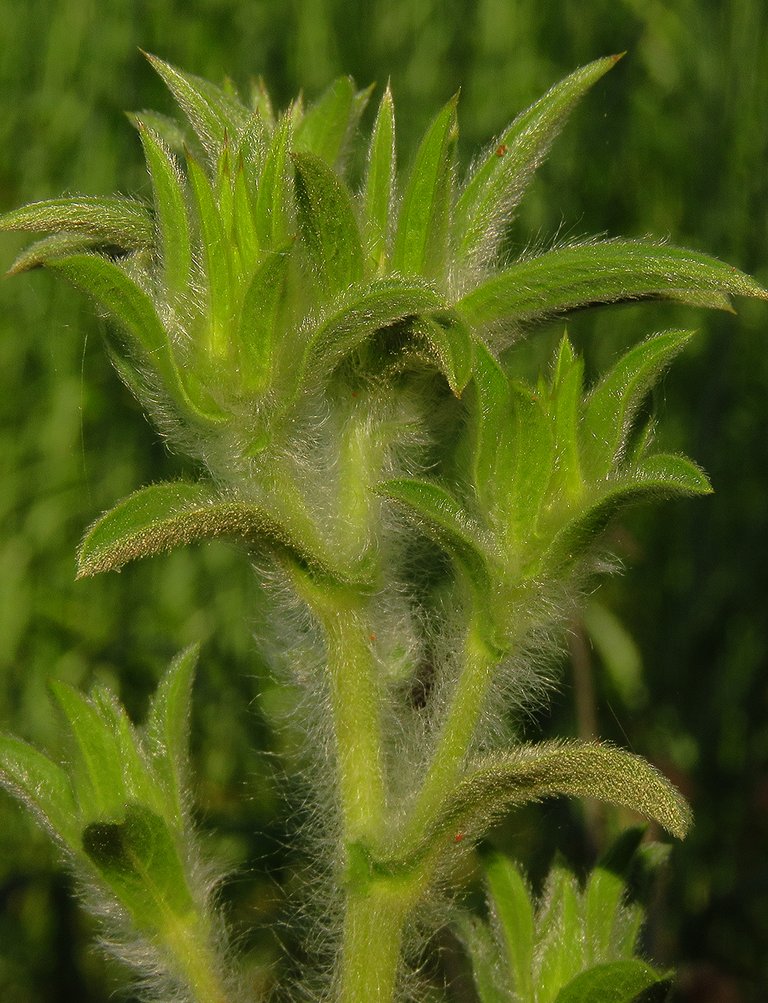
This hairy plant was photographed in the shade under the cypress tree. The name of the species is Pallenis spinosa.
This is yet another Elachista argentella moth, the third and the last one I photographed yesterday.
In this and the previous photograph, the scales on the moth's wings are glittering in the sun.
In this shot, the same moth was lit from a slightly different angle. The glitter has gone, but the texture created by the scales is nicely visible here.
Spiders from the Oxyopidae family are commonly known as lynx spiders. This photograph shows a lynx spider with its prey. The scientific name of the species is Oxyopes heterophthalmus. The prey is a harvester ant.
These spiders are ambush predators that jump upon their prey in a very feline-like manner. That's why they are called lynx spiders.
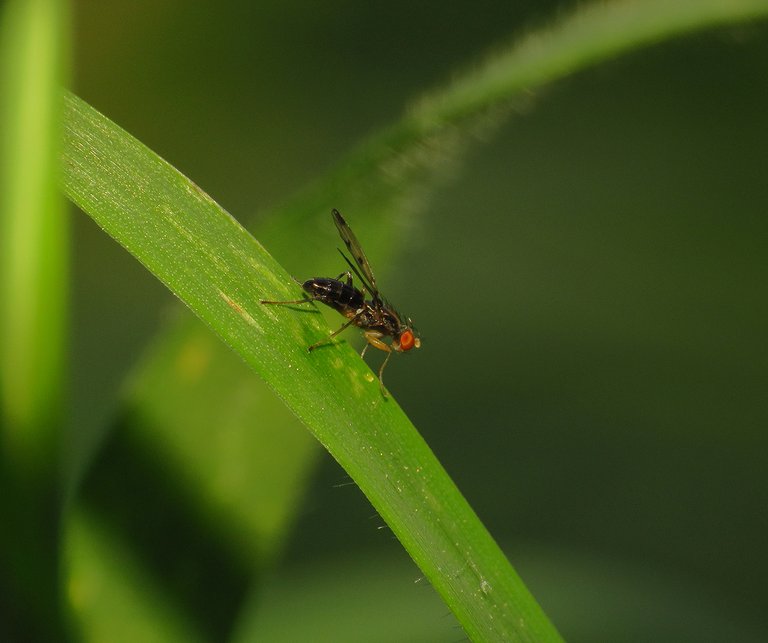
This small fly belongs to the Opomyzidae family.
The name of the species is Geomyza tripunctata.
In their larval stage, all Opomyzidae feed on various wild grasses and cultivated cereals. At some point, while I was observing the Geomyza tripunctata through the macro lens ...
... a tiny droplet appeared in its mouth. There isn't a definitive answer that explains this behavior. Some theories say that this "bubble blowing" is connected with a secondary digestion, and others that it's a way for the fly to cool down by making the liquid evaporate.
These two shots, one of which was taken with the flash and the other without it, show the Eurygaster testudinaria, a bug from the Scutelleridae family.
Nymphs and adults of this species feed on various grasses.
And that's all I prepared for today. The post ends here. As always on Hive, the photographs are my work - THE END.
The following links will take you to the sites with more information about the protagonists of today's post. I found some stuff about them there.
https://www.naturespot.org/species/elachista-argentella
https://powo.science.kew.org/taxon/urn:lsid:ipni.org:names:405169-1
https://uk.inaturalist.org/taxa/153536-Phlegra-fasciata
https://en.wikipedia.org/wiki/Neoscona_adianta
https://en.wikipedia.org/wiki/Schizaphis_graminum
https://www.naturespot.org/species/nursery-web-spider
https://en.wikipedia.org/wiki/Italian_wall_lizard
https://en.wikipedia.org/wiki/Pallenis_spinosa
https://en.wikipedia.org/wiki/Oxyopes_heterophthalmus
https://www.naturespot.org/species/geomyza-tripunctata
https://en.wikipedia.org/wiki/Eurygaster_testudinaria
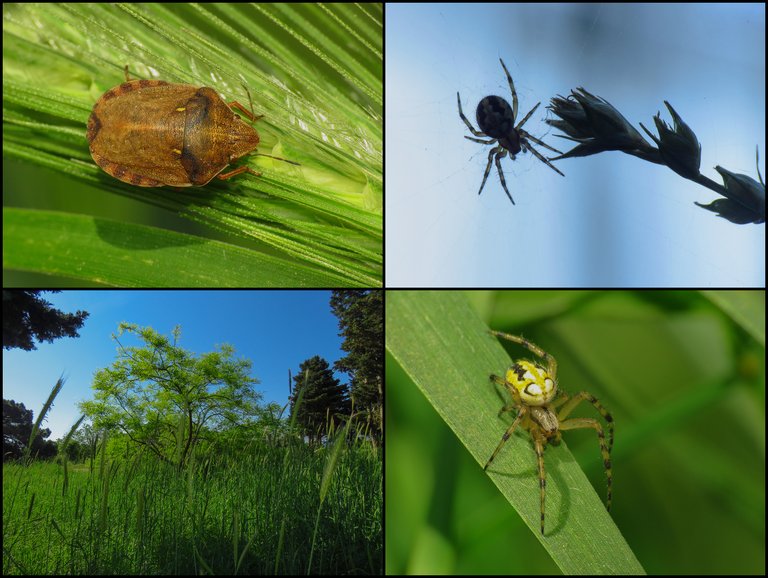
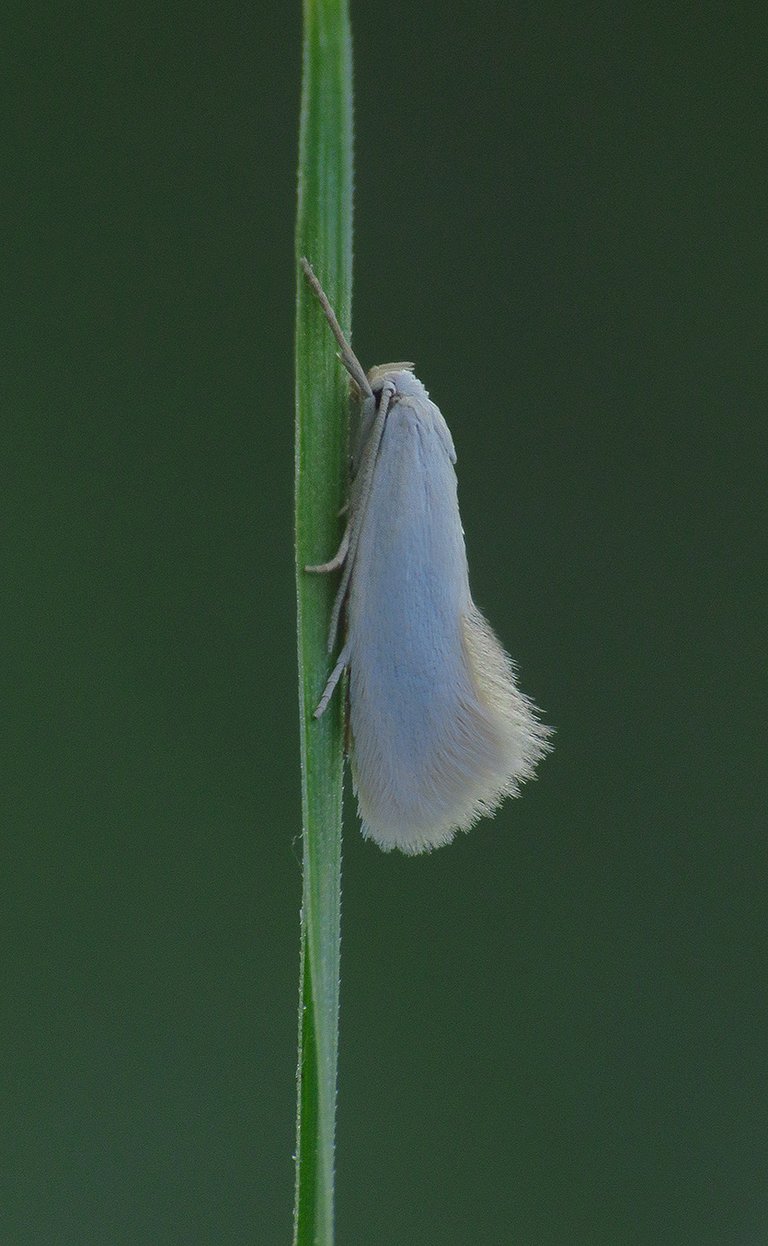
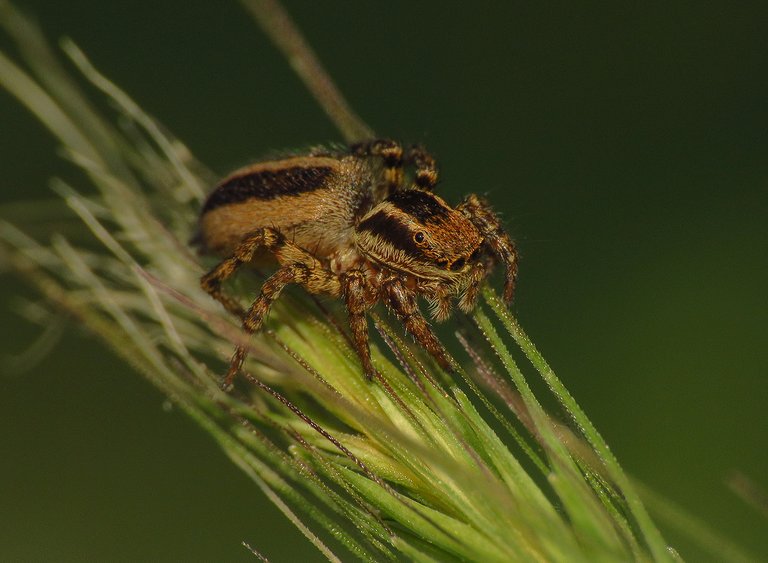
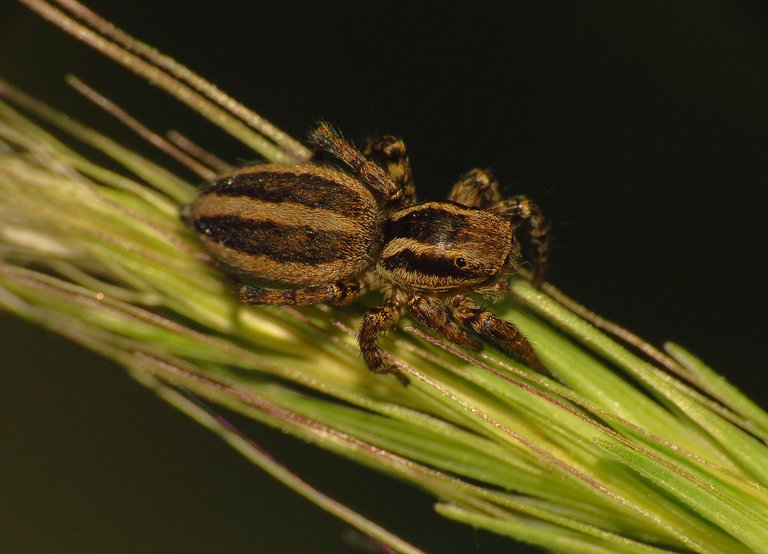
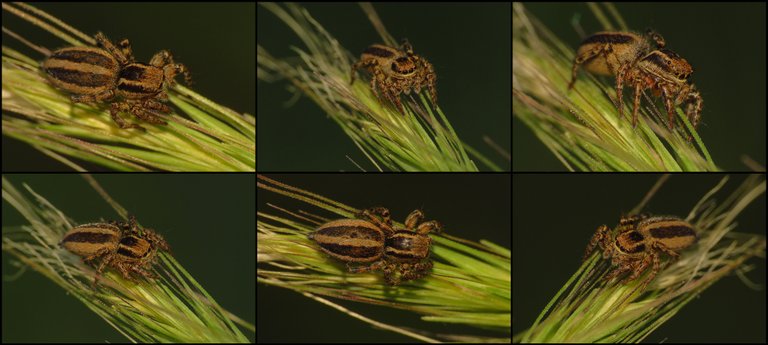
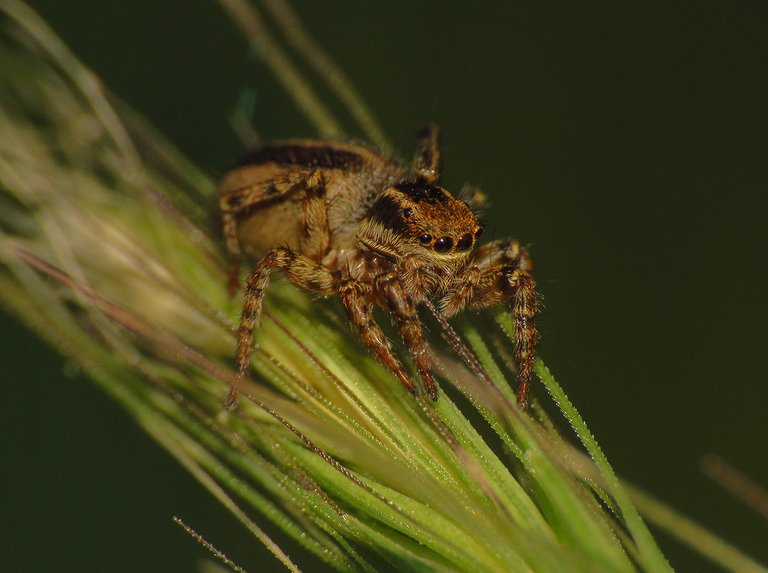
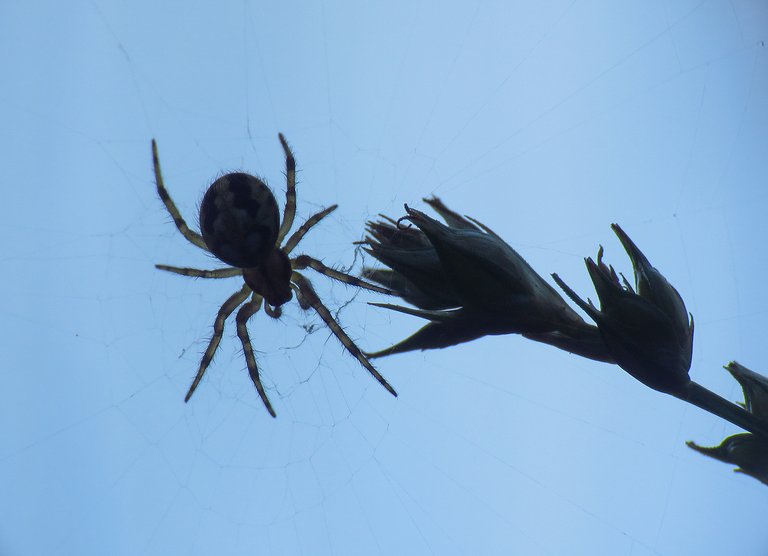
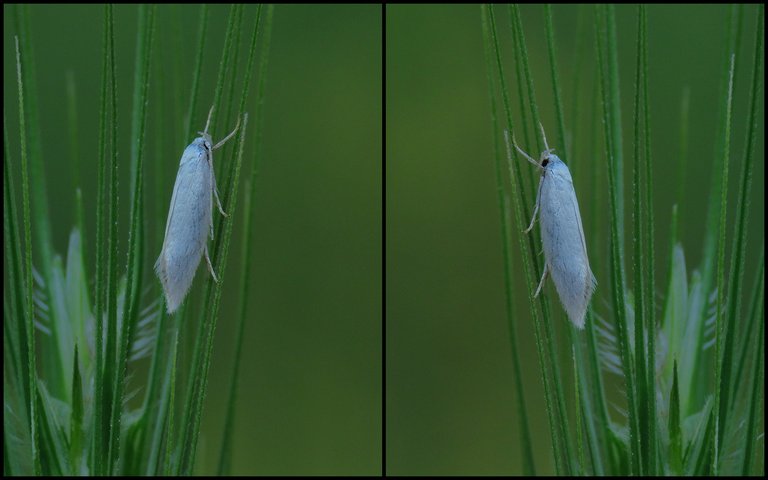
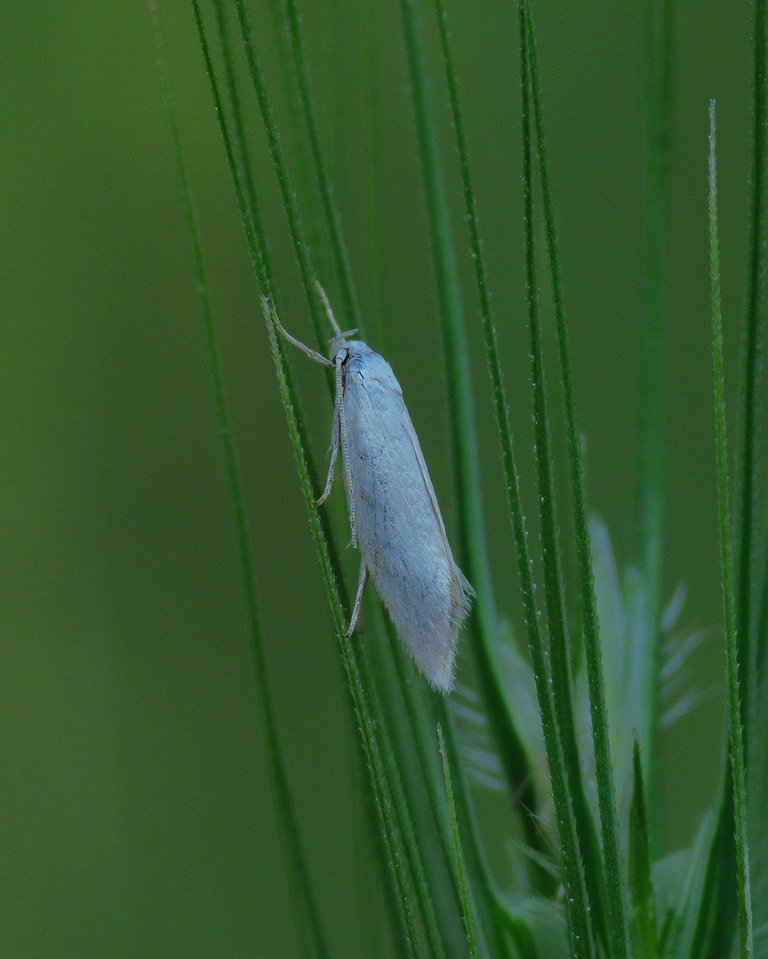
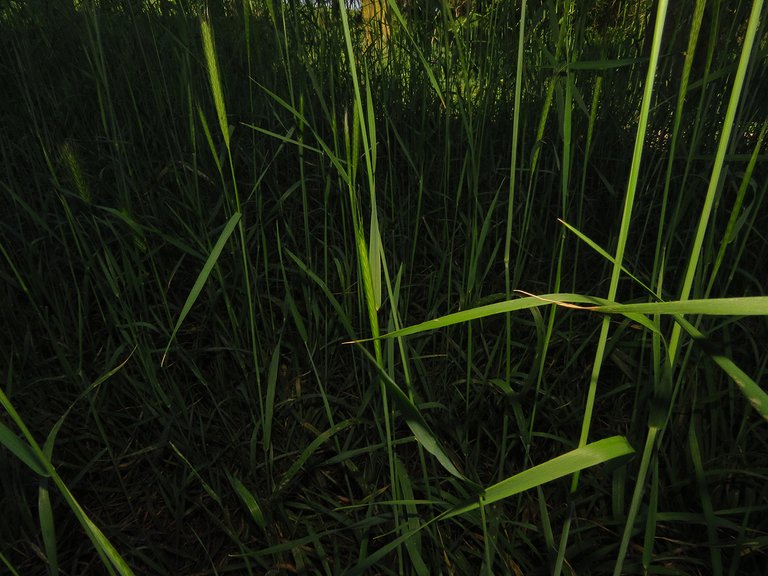
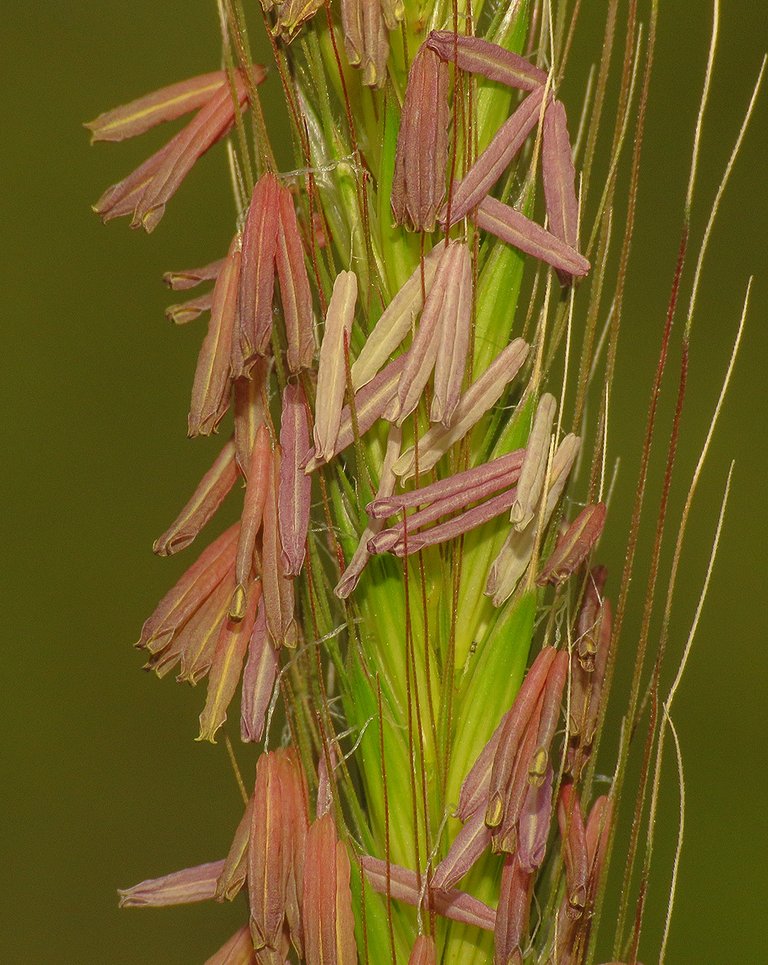
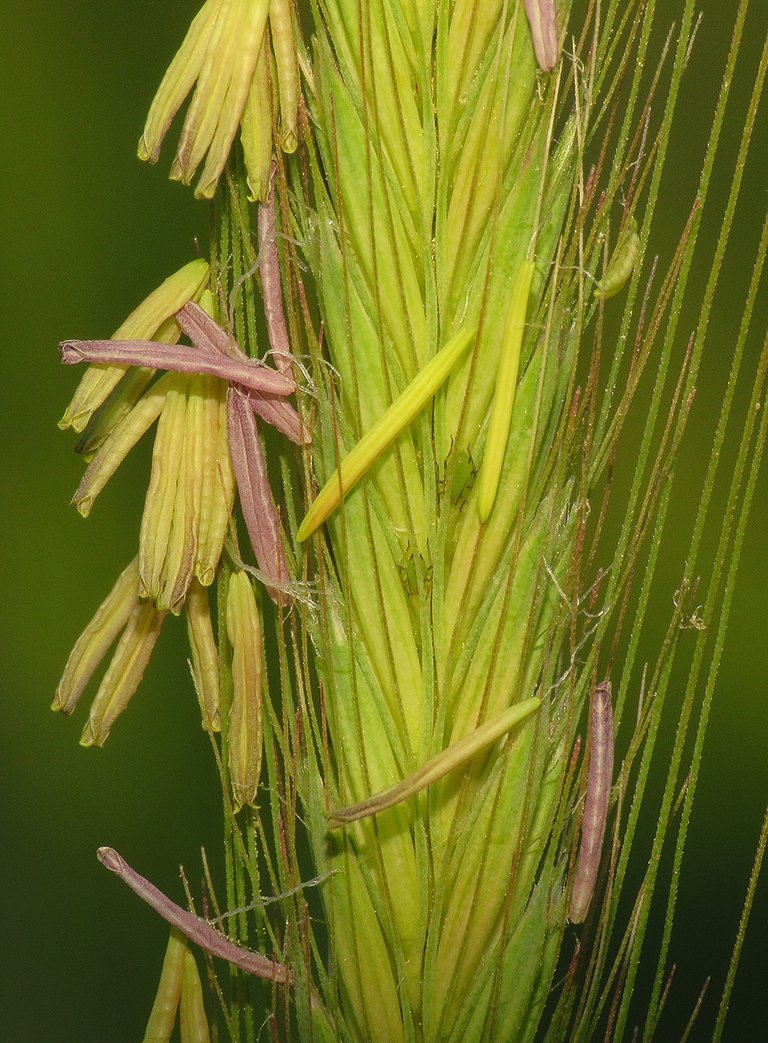
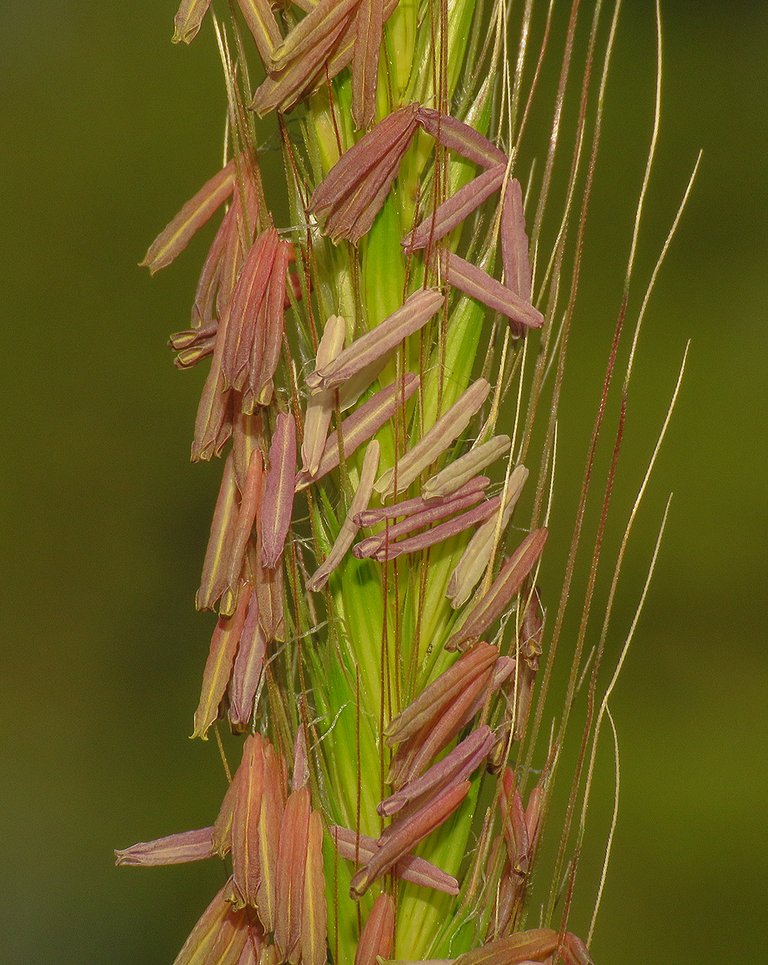
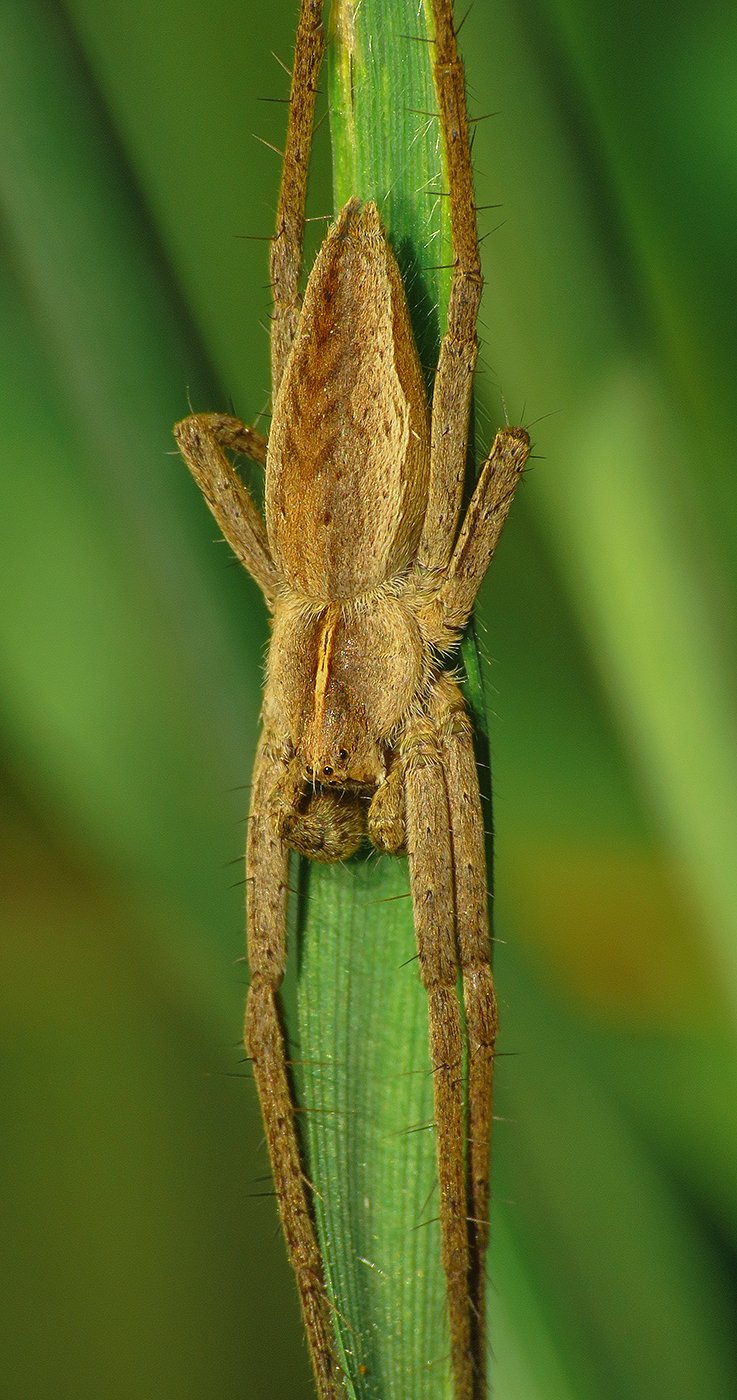
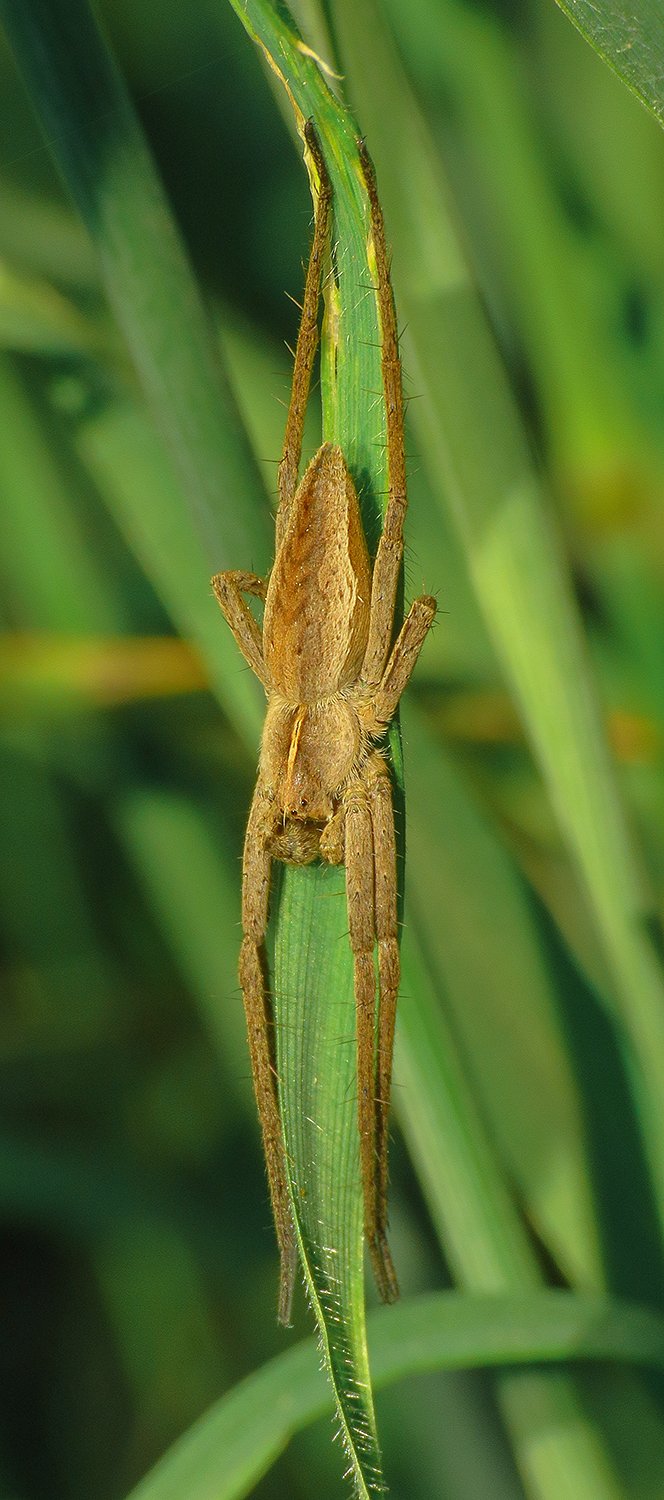

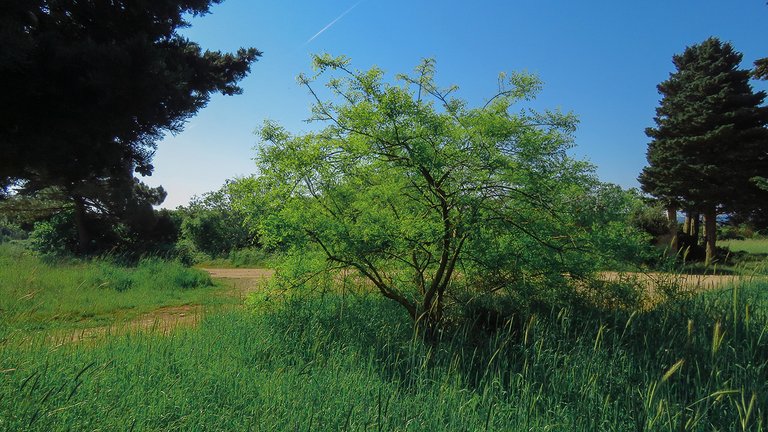
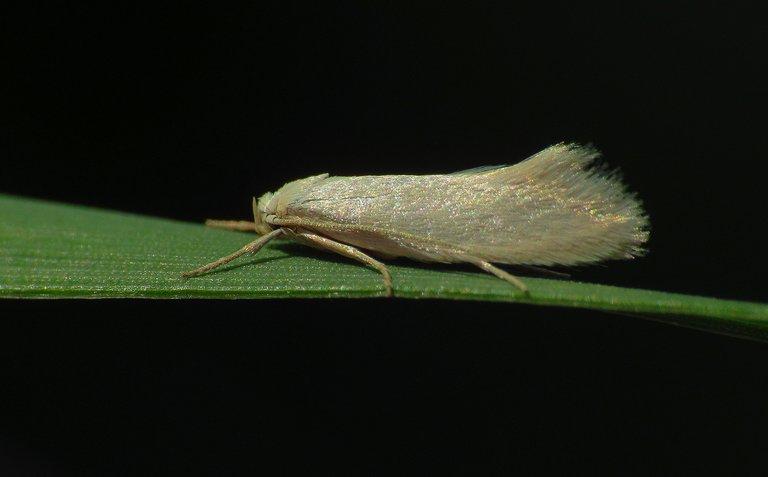

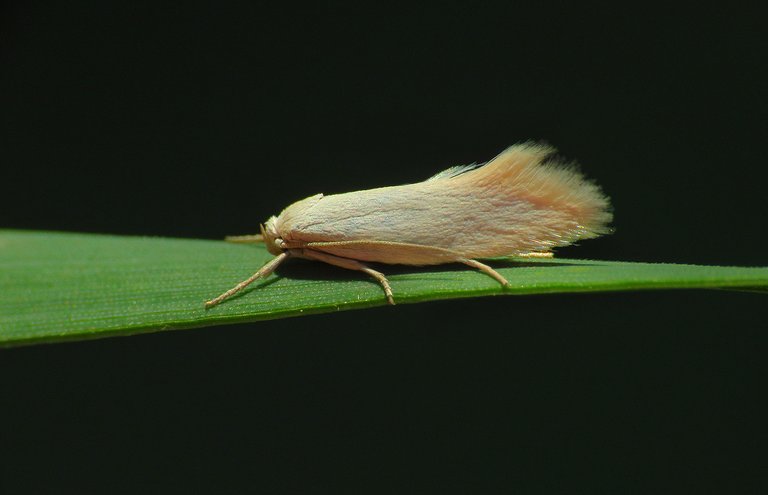
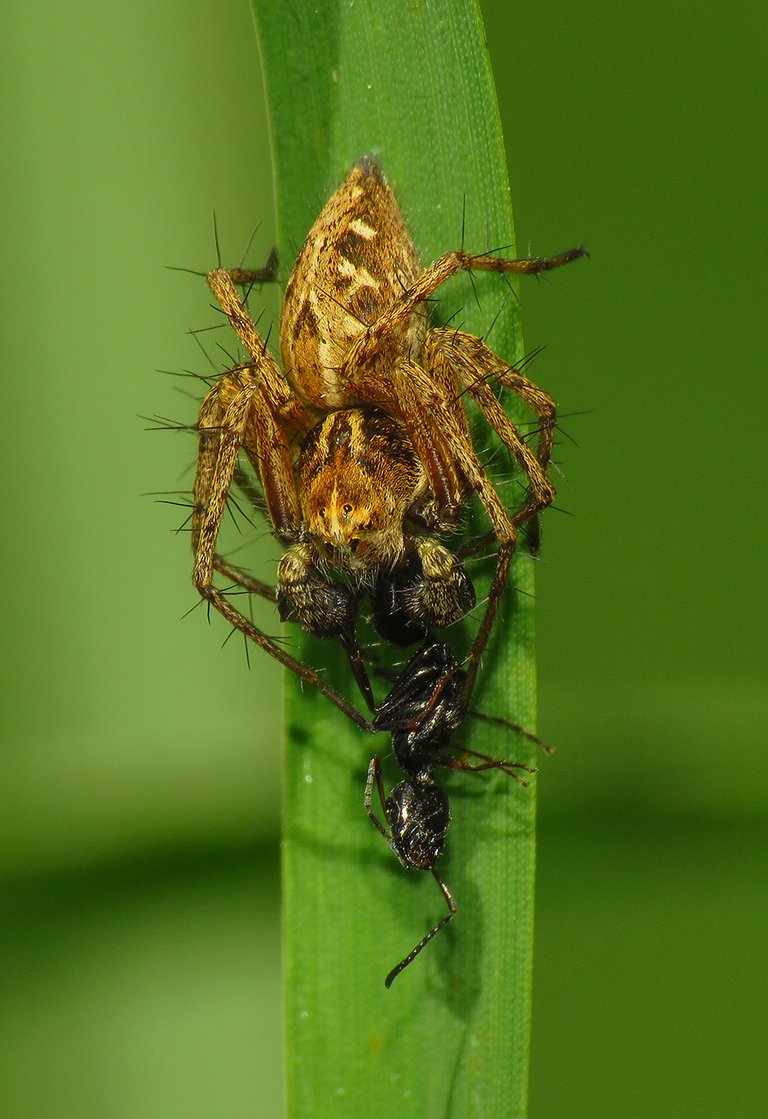
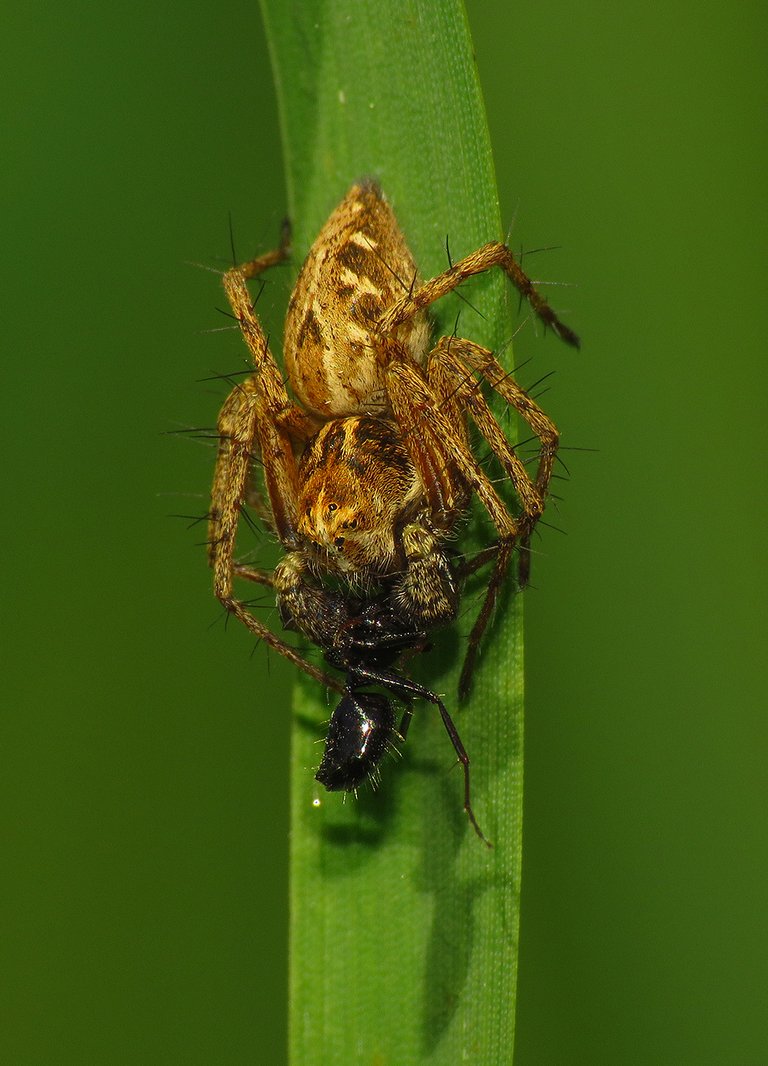
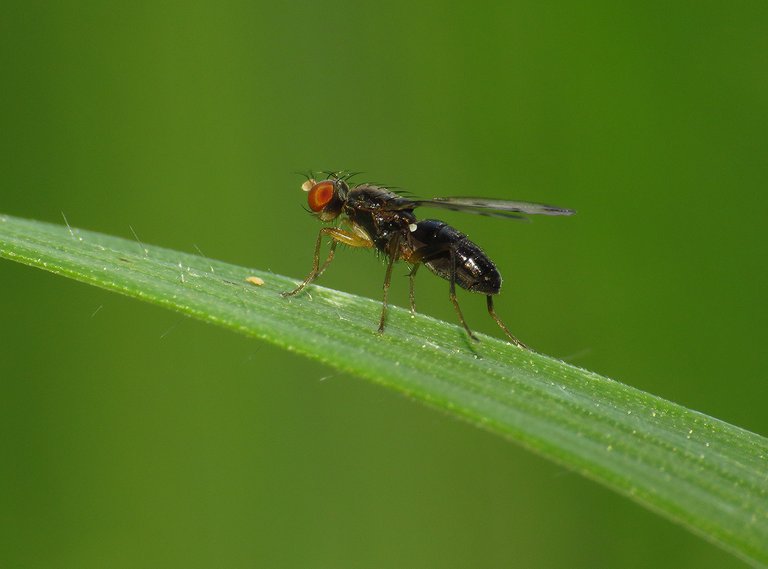
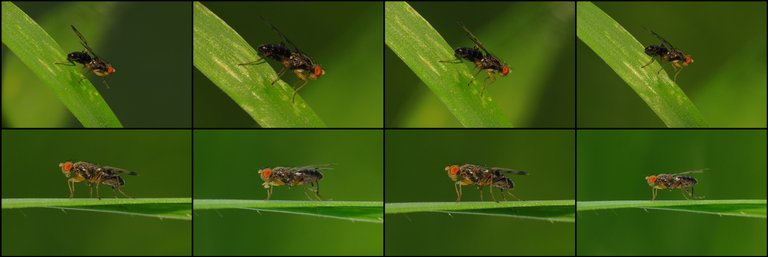

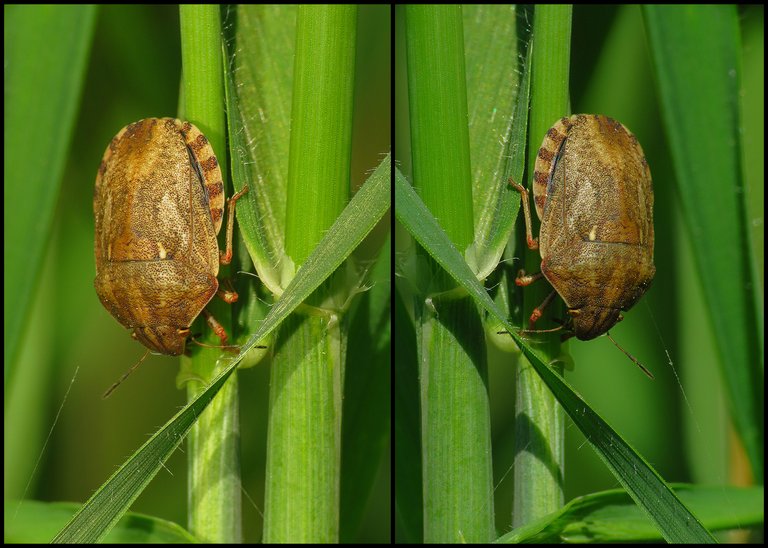
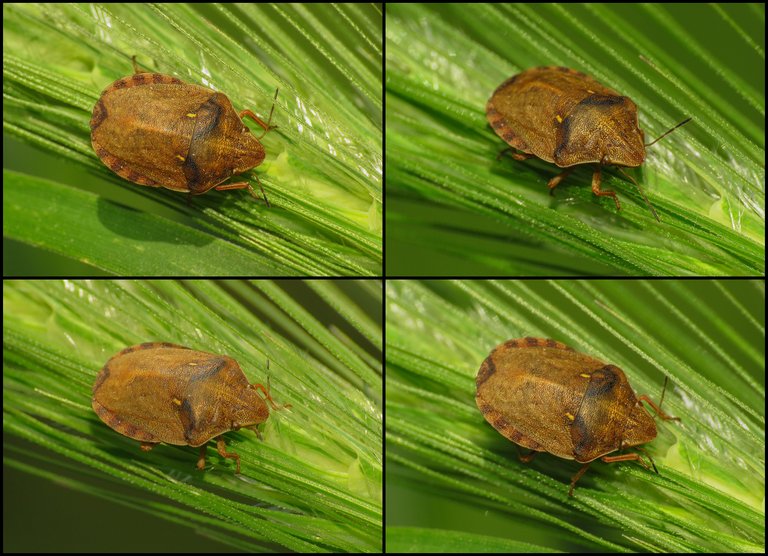
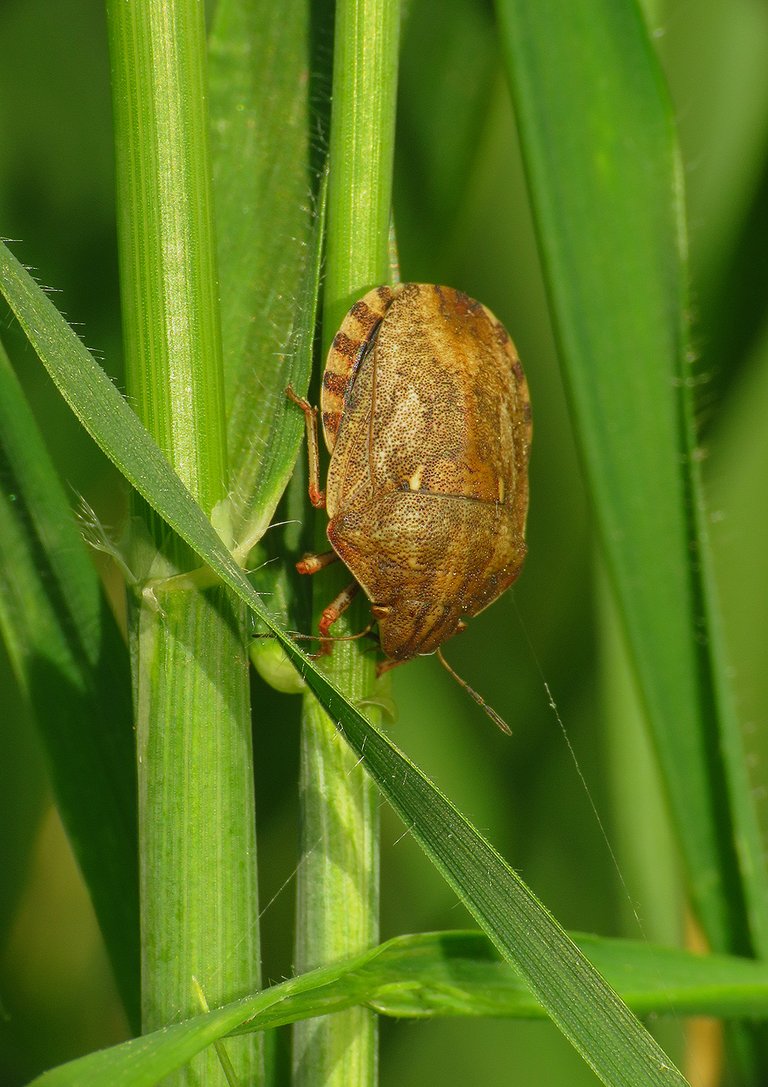
So many photo objects in nature, amazing discoveries and very beautiful macro photography
Your pictures are amazing. I especially like the pictures of the small spiders and the moth with the white color combination. I look forward to seeing more such beautiful pictures and I wish you all the best.
Thank you. 🙂 Glad you like the post. Have a great day.
The fact that you have to drive miles to get this captures is a show of dedication to what you do and the pictures are amazing. I love the consistency you put into getting this amazing pictures on our screen
🙂
This is a very interesting piece of work you've presented us with, and its sublime quality.
Thank you so much for sharing it!
Congratulations on your talent!
Hugs!
🙂
Great photos, my friend, but today I chose the one I liked the most, this photo with the lizard, very beautiful.
🙂🦎🙂
Hello dear friend @borjan, good morning
I think it was worth driving these miles since it's a beautiful place, with many beautiful things to see.
The life there is beautiful. I loved seeing the iguana. I thought its tail was cut off, or am I mistaken?
Beautiful shots.
Have a beautiful Sunday.
Good observation. 🙂 Yes, the lizard's tail was cut off and then has regrown a bit differently than the original.
Have a great day.
Impressive, always impressive macro shots!
The photos are filled with beautiful insects
Never seen a better photographer on here like you
Kudos!
Thank you. 🙂 That's a big compliment.
Some beautiful insect photos captured by you which are so beautiful.
Very good macro photography results.
🙂 Thank you.
First blog I read today. I felt like I took this walk with you. Fascinated by the moth (not one of the toxic variety?). Beautiful. And the eyes on the jumping spider.
That's why I don't walk through tall grass!! I imagine all the things that can jump on me😇. Problem with being an adult. As a child I would not have been aware and used to walk through swamp grass with pleasure.
A wonderful morning walk, @borjan
That moth is an innocuous one. 🙂 Jumping spiders have many eyes, but since two of them are much bigger and situated frontally, they look almost like an animal with two eyes, a type of animal that looks less like a monster. And there are the hairs that make them more relatable and mammal-like.
Hehehehhe true, there are many things that can accidentally jump on one that walks through the grass ... but that happens surprisingly rarely, and when something jumps on you, it stays there less than a second usually, and then jumps back to the grass or falls down on purpose and disappears in the vegetation.
😀 Many adults tend to develop the kind of imagination that can spoil the good old childish fun in the wilderness.
Because of the tall grass you always have to be very cautious, we will never know well what is hiding in the place, it is not very nice to be bitten by a spider or an insect 🤕.
I stopped by your blog @agmoore and I saw that you have not been posting for a few days just like me, but reading this post I found you 🙂 . I take this opportunity to send you a greeting and wish you a good week.
Hello my friend @abneagro,
Thank you for 'finding' me and sending greetings. I have been trying to get a blog out but have been distracted by events at home. Maybe today I will finally finish something I've been reading about.
I hope you and your family are well. Thanks again for the warm message. It is much appreciated.
AG
This is my first time seeing that kind of lizard
It’s beautiful and I love the color
This post is very encouraging and exciting to going through once again. I am new in the platform and seeing this post motivates me to post beautiful photos like this someday.
🙂 Thank you. Glad you find this interesting and motivating.
What a beautiful lizard and the grass is super cool!
Wow what an amazing exploration with the micro details you captured, especially the Elachista argentella and Phlegra fasciata, it's really impressive..
🙂
Wow! This place is surely full of insects and wild plants. If it were in my country, we wouldn’t stay in long grass!! We might find snakes in the grasses!
We might find them too. 😀 That's why most people here stay away from the long grass like it is cursed or something. 😆 That's good for me, I have more space and quiet that way.
So many awesome pictures! You found some nice spiders out there. I've always liked the orb weavers and jumping spiders. The lizard was beautiful, what nice markings! That hairy plant was one of my favorite shots you were able to capture, it's just so funky and beautiful at the same time.
It looks like you were able to spend a couple hours out there, great job on all those macros!
🕸️Yes, it was a good day for spiders. 🙂 🕷️
https://x.com/lee19389/status/1922044011503669590
#hive #posh
In the fields it is always worth taking a camera because there is always something interesting to see, you have a good eye for insects and other arthropods in the tall grass. As usual all your pictures are great, but if I had to choose only one of them it would be the one of the spider of the genus Pisaura, it is simply magnificent. A hug my friend @borjan, thanks for showing us a little bit of the fauna and flora of your country.
🙂 Thank you. Have a great day.
The photos of the insects that you make a very cool and good appearance of how you can get great like that take photos
Really love the close-up photos.
My favourite one is the 'Elachista argentella moth', really love its colour!